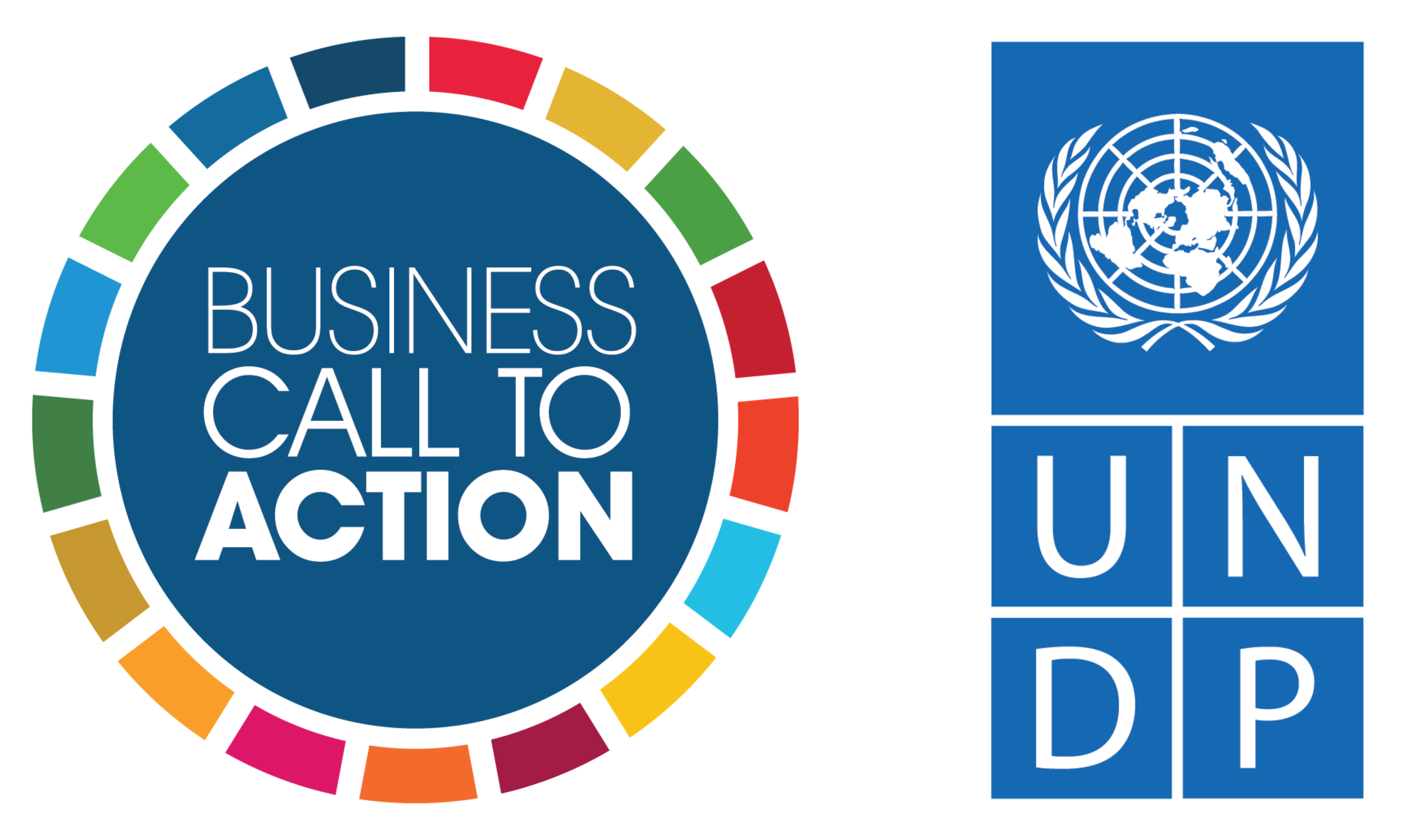Using virtual reality to understand what life is like for impoverished communities
Boys walk the Mathare valley slums in Kenya’s capital, Nairobi. Photograph: Thomas Mukoya/Reuters
Virtual reality is being used to help multinationals working with populations at the base of the economic pyramid to better contextualise these environments
Virtual reality “has the potential to actually change the world”, said Chris Milk, founder and CEO of VR company Within, during a Ted Talk in 2015. Described by Milk as “ultimate empathy machines”, VR is increasingly being used for fundraising and advocacy in the aid sector.
But for the consultancy BoP Innovation Center, VR is not limited to campaigning. The centre has been experimenting with virtual reality in their work to support inclusive business at the base of the pyramid (BoP) – where people have less than $8 (£6.50) per day in purchasing power.
For a year and a half, the centre has been using VR in workshops with multinational companies and NGOs who work at the BoP, to give them the experience of life in low-income countries – with the idea that a better understanding of these contexts will help develop better business models.
VR films “bring in the personal story of consumers” to multinationals, says Gerwin Jansen, social innovation programme manager at the BoP Innovation Center. For example, in one of the videos you meet a family living in a slum in Nairobi, Kenya. “You can follow people living in slums, how they go about their morning, what they eat for breakfast. It gives people a sense of presence,” says Jansen.
This film was shown at a workshop with a Unilever management team, to give them the experience of “travelling” to Nairobi to witness life in the areas where they would be doing business. “The main thing is to get personal stories of people, to take out the misconceptions and biases that we have” towards the BoP context, Jansen says. “We often forget about the low-income consumer and what life is like for them.”
Instead of using photographs or 2D films, VR allows you to immerse yourself in a city 7,000 miles away. Jansen says the workshop participants found the experience meaningful and very personal, and each person observed something different about the environment they were exploring. For example, one lady pointed out how dark the houses in the slums were. “It’s a new type of learning; it builds a sense of empathy and you can relate with the people you follow. It’s important for designers and policymakers to step into the shoes of the people they’re working for.”
Lindsay Clinton, sustainable development strategist and director at Intellecap US agrees. She says: “VR can be used to help us understand other cultures and contexts, and it will likely enable us to do so with less expense. Multinational corporations would be wise to use VR to better educate team members about how current and future BoP target customers live.”
She adds: “However, I would hope that any multinational corporations who use VR to help their teams understand ground realities also spend ample time in market, talking to people and developing a more nuanced understanding of the place beyond what VR can provide.” Indeed, Jansen admits VR will never replace the experience of physically going to these places, but he emphasises the importance of bridging a gap for businesses in two very different contexts.
Recently, virtual reality has been described as the driving force of a new age of marketing for businesses to better connect with their audience.
The Innovation Center has taken this on board. “We are developing the concept of VR for marketing durable goods,” says Jansen. It is based on the idea of “seeing is believing, but instead, experiencing is believing”. VR headsets are getting much cheaper and more accessible and the Innovation Center believes that if consumers at the BoP are exposed to goods through virtual reality, it “might increase their purchasing power”, Jansen says. For example, a customer might be more inclined to buy a latrine once they see it in use (through VR).
But there are limitations to the use of VR for marketing at the BoP. Clinton warns that multinationals should apply appropriate behaviour change techniques and follow up after the purchase. “For example, it’s likely that VR could make a pit latrine look quite compelling, but we have learned that behavior change (ie, increased toilet use) doesn’t necessarily come when a latrine is installed – there’s much more to it than that.
“Multinational corporations need to go beyond creating desire through VR to creating deeper understanding of the benefits of certain products and to then encourage positive behaviour change among BoP consumers,” she says.
As VR entrepreneur Chris Milk said, virtual reality may indeed change the world at some point (media organisations, NGOs and agencies are already using it), but at the moment it’s still in its infancy. The 2016 Virtual Reality Industry Report found it was eight years away from reaching “tipping point”, so for those experimenting with it in inclusive business, potential for impact may be just over the horizon.
Content on this page is produced to a brief agreed with Business Call to Action, sponsor of the The Guardian Business and the Sustainable Development Goals Hub.

